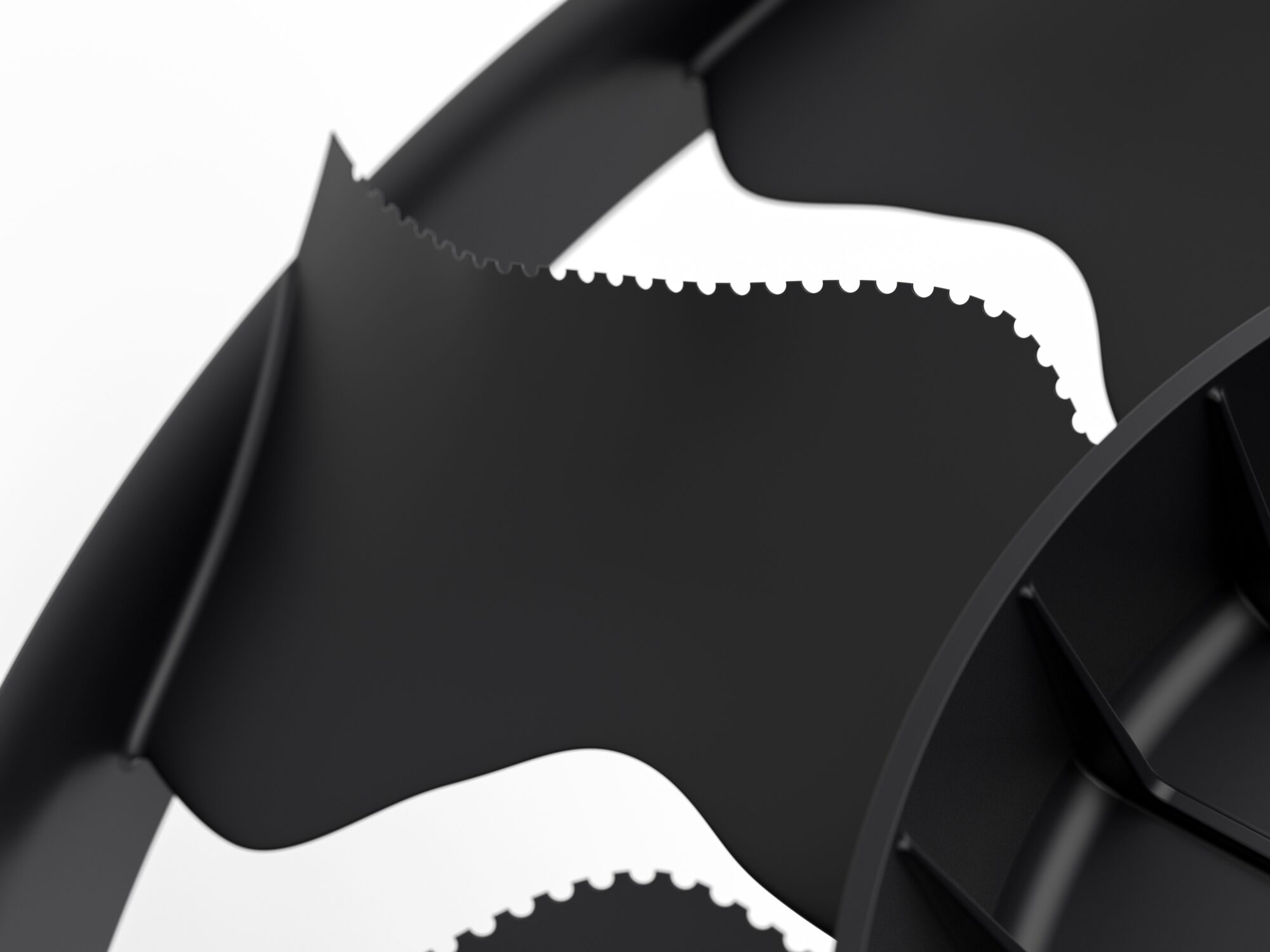Sign up for daily news updates from CleanTechnica on email. Or follow us on Google News!
MAHLE, a century-old automotive supplier, has just released information about a new high-performance “bionic” fan for EVs that it claims will effectively reduce the sound output by half, while also being 10% lighter and 10% more efficient than a conventional fan.
For those of us who grew up watching The Six Million Dollar Man and The Bionic Woman, reading the adjective bionic probably suggests the use of advanced high-tech implants in humans, and not the application of nature-inspired functions or systems in technology and engineering. That’s the reason for my use of quotes around the term in the title of this article, as this new EV fan is not a medical implant or prosthesis, which is how Hollywood often uses the term.
However, the science of bionics is virtually the opposite of that, because it refers to developing engineering and technology solutions through the application of biologically-inspired elements for improved performance and efficiency. There are a lot of variations along the bionics spectrum, such as biomimetics and biomechatronics and biotechnology, but in any case, MAHLE used the term correctly, so no quotes around the word bionic from here on out.
According to MAHLE’s press release, the design of the blades on its new high performance fan was modeled after the feathers and wings of owls, and then optimized through the use of AI, which resulted in a much quieter fan due to reduced noise turbulence. Owls, as anyone who has witnessed their near-silent flight can attest, are supremely quiet while flying, thanks to the design of their plumage, and the engineers at MAHLE used those characteristics as inspiration for the new fan blade design.
“We learn from nature: It inspires us in many areas! We have already seen success with our bionic battery cooling plate, a technology which helped us significantly while optimizing our fan. With the help of AI, we analyzed the characteristic features of bats, swordfish, and many other inspirations from nature. We finally ended up with the owl, the silent hunter, as the main template for our new fan.” — Dr. Uli Christian Blessing, Head of Development Thermal Management at MAHLE

MAHLE points out that by significantly reducing fan noise, it essentially “solves another challenge for e-mobility,” as having loud fan noise “can be disturbing both at full load as well as when charging the vehicle at night, whether in residential areas” or during ‘idling’ times at service stations and the like, and this fan was developed specifically for “particularly demanding fuel cell and battery electric vehicles.”
“It is particularly in noise-sensitive areas that the new bionic high-performance fan shows its strength. During fast charging of vehicles, for example, reduced noise levels increase comfort for drivers and area residents alike.”
The new fan will be offered across a wide power range — from 300W to 35kW — and can be used in a variety of EVs, from large trucks to passenger cars, and MAHLE states that its prototypes “are already being trialed by various passenger car and commercial vehicle manufacturers.” MAHLE will be presenting the fan, which is described as “a world first,” at IAA Transportation 2024 in Hanover, Germany, this September. It’s too bad that the actual fan blades won’t look exactly like the top image, because that biomimetic aesthetic alone might prove to be a winner.
Have a tip for CleanTechnica? Want to advertise? Want to suggest a guest for our CleanTech Talk podcast? Contact us here.
Latest CleanTechnica.TV Videos
CleanTechnica uses affiliate links. See our policy here.
CleanTechnica’s Comment Policy



/gkpldjelbpb/chart.png)
